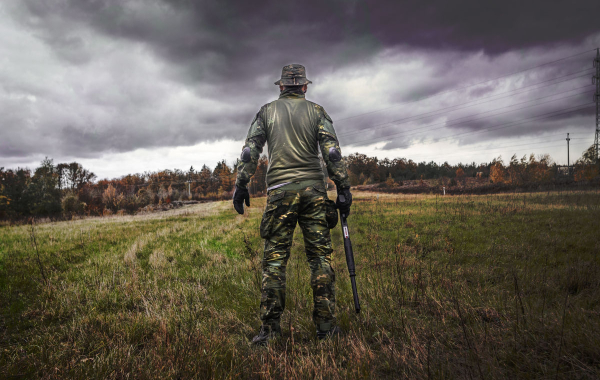
Helmets are a staple in the military and protection lines. They are lightweight, high-performing and are specifically designed to protect wearers during heavy fire. This protective equipment, when used in conjunction with body armor, will protect users far more and increase their chances of survival. Whether you work for the Department of Defense, or federal/state/local law enforcement, or are an enlisted soldier, tactical helmets are must when you’re facing gunfire.
Any quality helmet should meet US MilSpec standards, which allow you to focus on the mission at hand without worrying about compromising your safety. From Ops-Core, Team Wendy or Crye, there is no shortage of companies doing to their best to enhance helmets.Here are several things you need to know about before purchasing tactical helmets for yourself or your squadron/team.
Variety
Helmets come in all sorts of different shapes and styles. Whether the helmet is designed and manufactured by DuPont, Honeywell or Paulson, there is no shortage of helmets available for you. You will notice that ACH Level I IIA ballistic helmets have two cuts; the high cut, which offers your ear “room to breathe” and mid-cut, which partially covers your ear for protection. This is just one example of the variety of helmets. From heavy ballistic to lightweight designs, there is a helmet for every situation. Helmets are made from nylon fiber, hard polymer, anti-seismic foam plastic, Aramid, or Kevlar. Most helmets made today are customizable, allowing you to add OPS guide rails,add/remove headsets, brackets for optics, goggle mounts, etc.
Testing
Be absolutely sure you’re purchasing helmets from a reputable source. This is because helmets that are tested in accordance with NIJ 0106.01, ASTM and CRASH standards are industry-approved. These standards are designed to provide critical impact and trauma protection. Helmets that are not tested to these standards are proven to be low in quality, which spells the difference between life and death.
Components
The main components of a tactical helmet help NVLAP-accredited laboratories dignify what is and what is not a ballistics helmet. Helmets specifically made to deter rounds. These helmets have a protective system – the components within that system are proper suspension, padding and a harness.Some helmets have a 4-point harness and some even have a 5-point harness, which can easily be adjustable to fit your head. Helmets without these main components should not be purchased.
Warranty
No reasonable person would ever purchase a helmet from a pawn shop. So you should never purchase from a helmet manufacturer that provides a warranty that is less than 5 years on ballistic material. 5 years is a considerable length of time,and any number of things can happen to that helmet in the meantime – no matter the conditions. Helmets that are guaranteed warranty for more than 5 years implies that the manufacturer has faith and belief in their helmet.
CARC
Short for “Chemical Agent Resistance Coating”, CARC is used on tactical military equipment. This coating protects the helmet from corrosion due to the elements,which deteriorates the quality of the helmet and compromises the health and safety of the wearer. It is used for ground, aviation, munitions, etc.
Conclusion
When you’re shopping for helmets, never compromise on quality. Do not look at the price tags of helmets – the monetary value of life-saving helmets…is second to knowing that the helmet will protect the user from trauma, wounds and death. Be sure to contact helmet manufacturers for even more information about the type of helmet you’re interested in.


















